Let’s meet on Saturday for the last step of the #AlamedaSewAlong!
Let’s meet on Saturday for the last step of the #AlamedaSewAlong!
Today, we’ll start with the first video tutorial of the #AlamedaSewAlong! Yeah!
I had a lot of fun last spring making the videos for the Carme blouse Sew-Along and you were a lot to tell me that it was a huge help to have these visual tutorials, so here come the Alameda videos!
You’ll recognize the music 😉
Piping is a great decorative option and such an easy way to add a pop of colour to your Alameda dress. I invite you to see the inspiration boards to get ideas on what colour you want to choose: contrast, patterned piping, the same colour, leather…
And remember that you can buy it already-made or you can make it yourself! See for yourself on this tutorial I made back in April.
To watch the video in Youtube, click here.
I hope you liked it. See you on Monday with the bodice video…
Today we’ll see how to make simple changes to the Alameda pattern: how to lengthen or shorten the bodice and how to connect two sizes together on the skirt part.
Note: If you have made a Full Bust Adjustment according to the previous tutorial, you have noticed that the front bodice is slightly longer than before. If you want to lengthen/shorten it as well, do it after the FBA so that you modify all the bodice pieces the same way.
First, let’s lengthen the bodice:
1. Overlap the pieces by the length you need to remove. Make sure you remove the same length on all the bodice pieces. Tape together.
If you need to connect 2 different sizes on the skirt pieces, here’s how to do it:
1. With a ruler, connect two lines together (in red 40-42 and in blue 42-46 for exemple, but not more than an 2 size difference) by drawing a new line from the top to the bottom. Repeat this step on all the skirt pieces and don’t forget to change the marks placement.
There you go! These changes were quite easy and will help you get the best possible fit for your Alameda dress.
Ask any questions you have in the comments section…
 Let’s take Maria’s measurements again: her bust measurement is 92 cm (36″) when the one corresponding to her size 38 is 88 cm (34 1/2″), there is a 4 cm (1 1/2″) difference. She’ll cut the pattern in size 38 and add 2 cm (3/4″) at each bust seam to make the full bust adjustment, without increasing the waistline or the neckline.
Let’s take Maria’s measurements again: her bust measurement is 92 cm (36″) when the one corresponding to her size 38 is 88 cm (34 1/2″), there is a 4 cm (1 1/2″) difference. She’ll cut the pattern in size 38 and add 2 cm (3/4″) at each bust seam to make the full bust adjustment, without increasing the waistline or the neckline.1. Take your pattern bodice front and bodice side front pieces. Draw the seam allowances and all the marks (notches, grainline…).On the bodice side front, we’re going to draw 3 lines:
 2. Cut lines 1 and 2 and stop when you reach the seam allowance.
2. Cut lines 1 and 2 and stop when you reach the seam allowance.









After choosing your fabric for the Alameda dress, let’s see some style inspiration to help you decide how to combine the colours, patterns or different fabrics to get the perfect dress!
You can use contrasting piping (buy it already made or make your own following this tutorial), contrasting panels, mix and match the skirt and top fabrics, go for a day version or a party look… there are so many options!
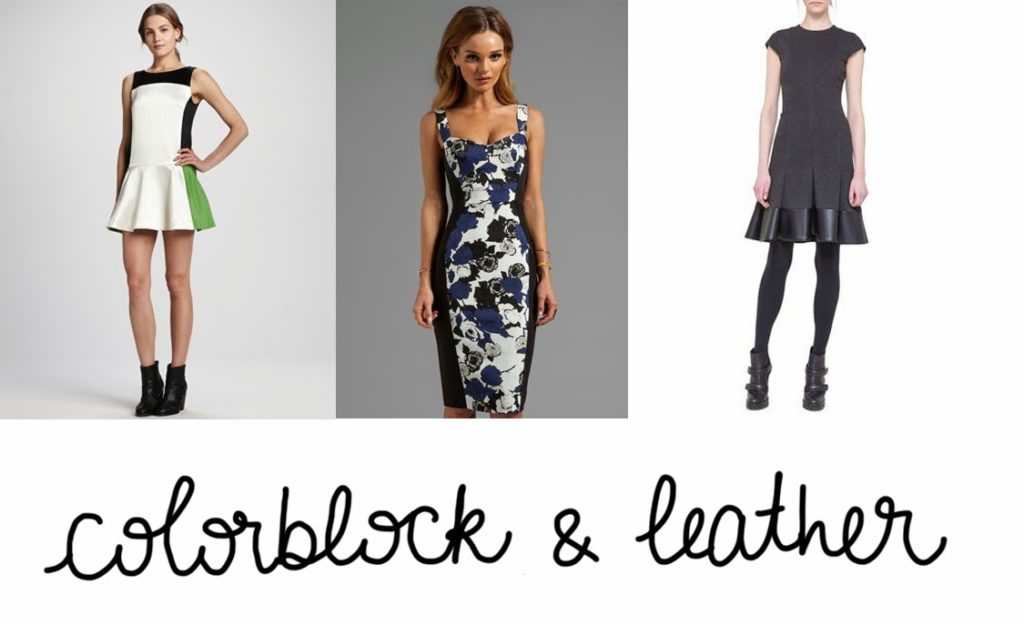 |
| source: 1, 2, 3 |
Use different colours or patterned and plain fabrics on the different pattern pieces. For example dark colours on the outside will make you waist appear smaller (great visual trick!). And what about making the flounce in leather? With maybe leather piping? Perfect for the rock’n roll chicks.
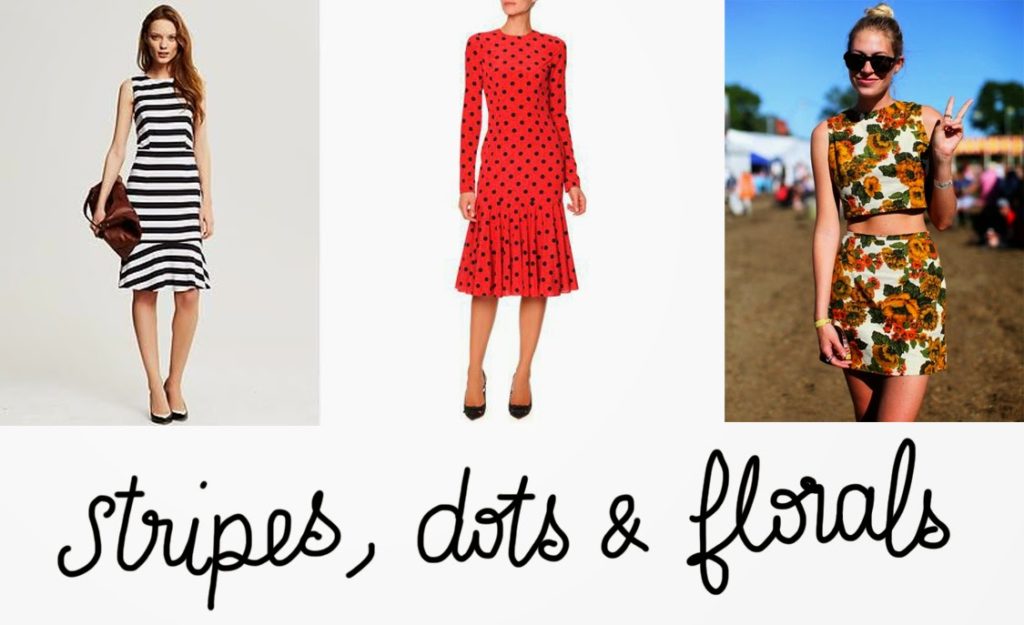 |
| source: 1, 2, 3 |
Prints are great! For a nautical look, go for stripes. Want to emulate the Dolce & Gabbana spanish look, polka dots will be your friends. And for the more romantics, florals can never go wrong.
 |
| source: 1, 2, 3 |
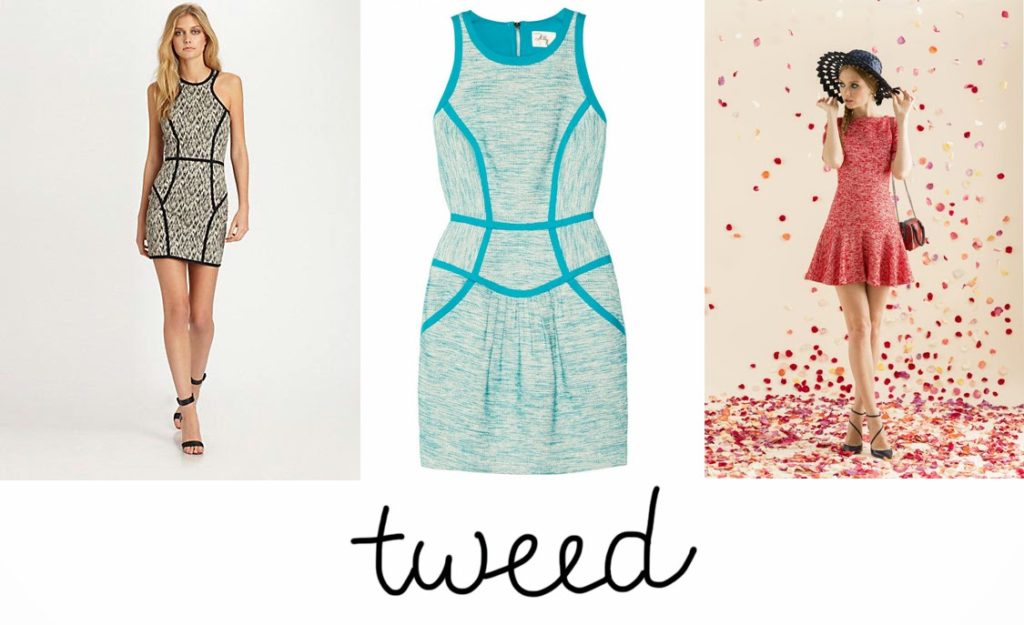 |
| source: 1, 2, 3 |
As you can see, it’s still missing some closure on the front placket, I’m planning to make some kind of lace-up closure with eyelets like the Yves Saint Laurent original saharienne. But I was missing a hammer so I’ll finish it later…I used a natural linen, it’s so comfortable for the summer… I think it would also look great in light cotton or chambray. The fabric is from the Fabrics-store, they have an amazing linen selection (they sent me this fabric to make a tutorial of the Carme blouse and I had just enough left for the dress).
And just so you know, the Paula skirt pattern is on sale (15% discount)!
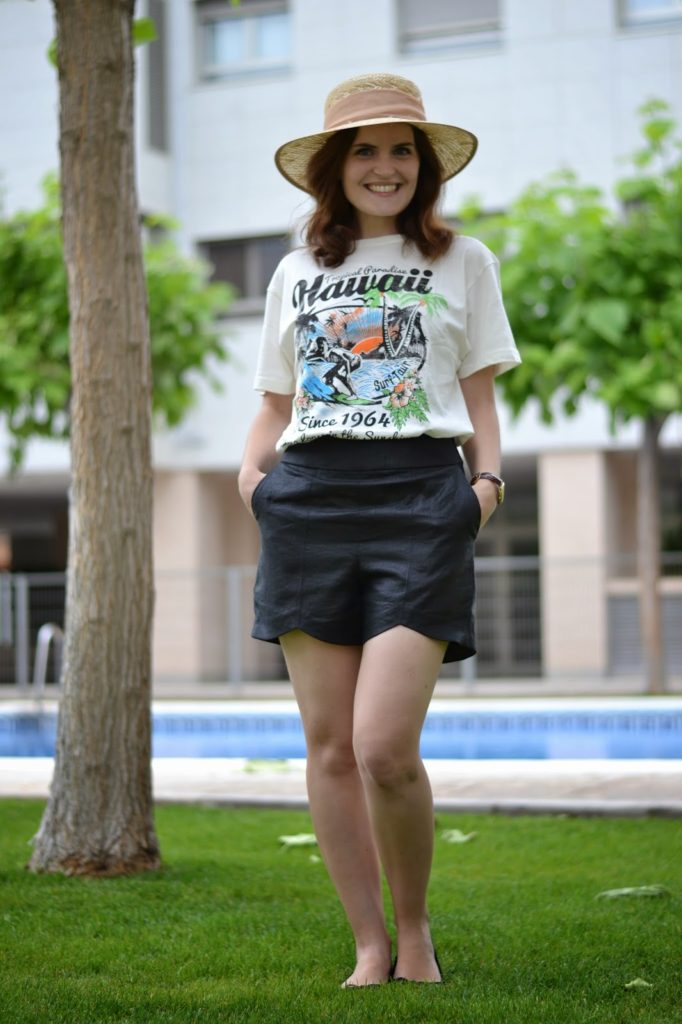
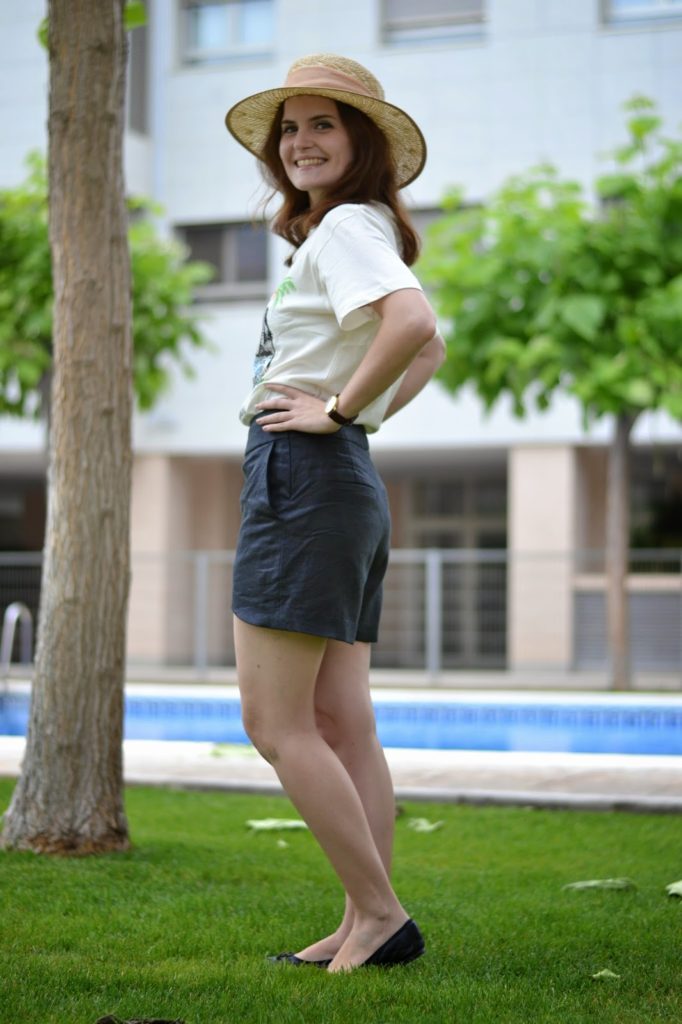
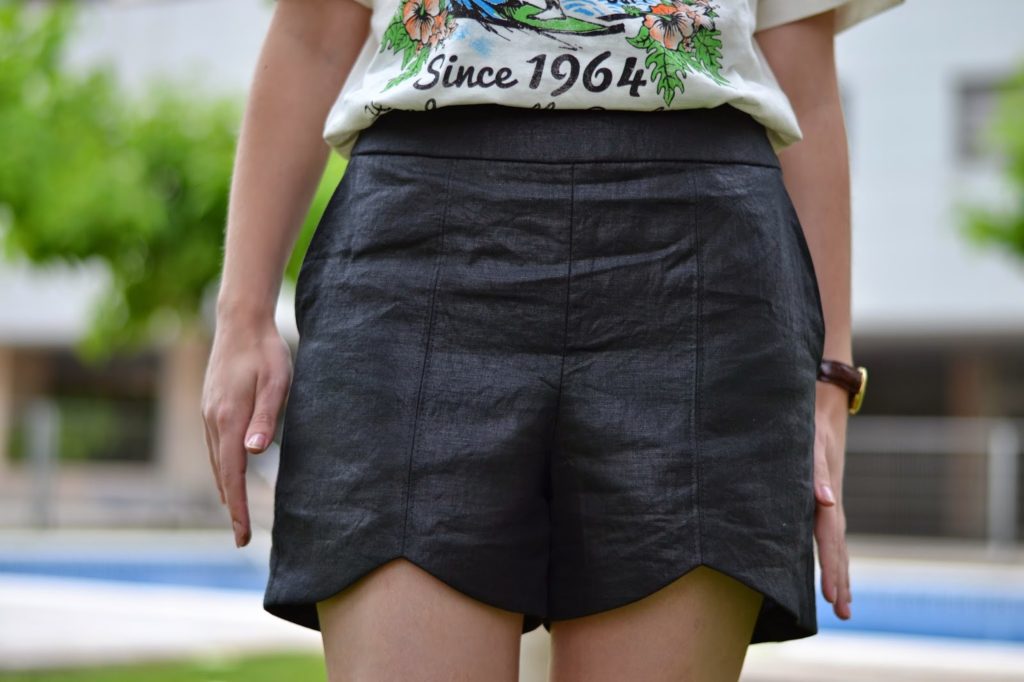 The sizing of the pattern is good but I found it a little big. According to the measurements, I cut a size XS (and didn’t make a muslin, silly me) but when I tried it on, it was large both at the hips and at the waist (it’s supposed to sit at the natural waist). I remember reading reviews saying the same. I stitched 1,5 cm seam allowances all over instead of the 1 cm included in the pattern. But I think I’ll just cut the XXS size next time as it’s still a little big (it’s the first time I’ve entered into such a small size haha). I would also make them a little bit shorter, but that’s a personal preference. But these are such easy changes that I can only say the best about this pattern (and it’s really my fault as I could have avoided that by making a muslin).
The sizing of the pattern is good but I found it a little big. According to the measurements, I cut a size XS (and didn’t make a muslin, silly me) but when I tried it on, it was large both at the hips and at the waist (it’s supposed to sit at the natural waist). I remember reading reviews saying the same. I stitched 1,5 cm seam allowances all over instead of the 1 cm included in the pattern. But I think I’ll just cut the XXS size next time as it’s still a little big (it’s the first time I’ve entered into such a small size haha). I would also make them a little bit shorter, but that’s a personal preference. But these are such easy changes that I can only say the best about this pattern (and it’s really my fault as I could have avoided that by making a muslin).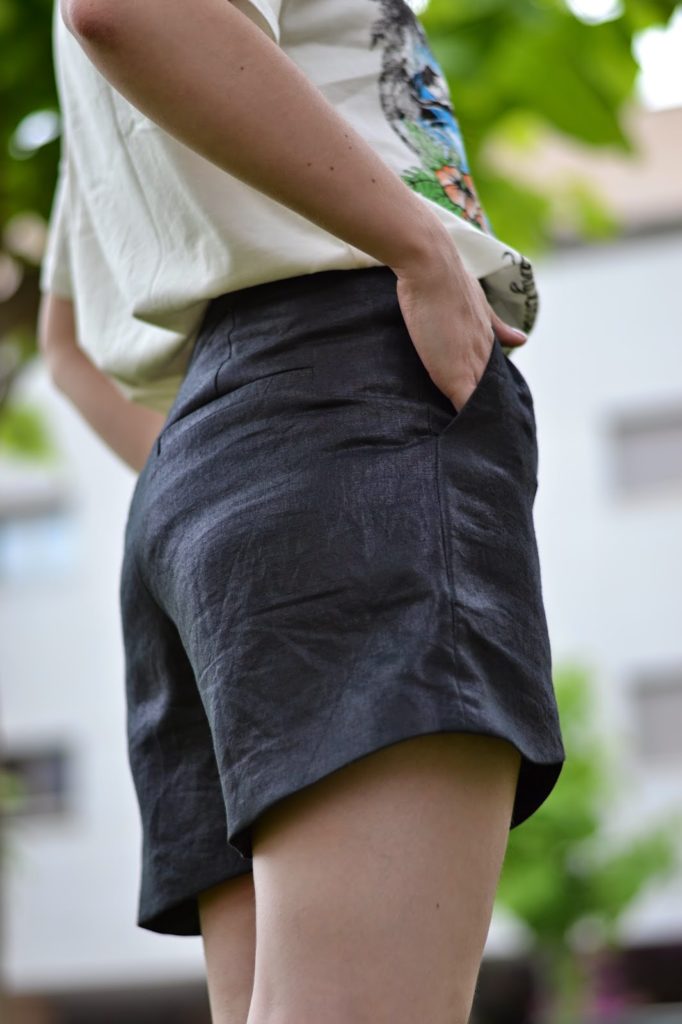 The instructions are clear (the welt pocket lining could be easier, if you have never made one, take your time and check their online tutorial). I made false welt pockets as I didn’t want to add bulk to the back and I knew I wouldn’t use these pockets anyway.
The instructions are clear (the welt pocket lining could be easier, if you have never made one, take your time and check their online tutorial). I made false welt pockets as I didn’t want to add bulk to the back and I knew I wouldn’t use these pockets anyway.
I’m so happy to present this tutorial by Betsy from SBCC patterns (Skinny Bitch Curvy Chick, love the name!), specialized in sewing patterns for petite women.
And you know what? I am a petite woman! 5 ft 1 (1, 53 m).
Betsy has made the Malvarosa dress for herself and proposed to share some tips on Petites alterations.
So please welcome Betsy who’s going to show you how to alter very easily the Malvarosa pattern so you can rock the low waist trend this summer! See for yourself her beautiful version, very Gatsby and Roaring 20’s fabulosity if you ask me!
Hi, I’m Betsy from Skinny Bitch Curvy Chick Patterns. I am happy to meet and work with Pauline Alice. Sewing Indie month has brought us together and I am thrilled to have found her patterns that are classic, feminine- oh yeah, and a breeze to sew together!
I make petite patterns, for women 5’4” and under. Believe it or not, 70% of the female population is actually petite in torso length, leg length, or both. It is easy to make petite pattern alterations and Pauline Alice was a good sport about letting me make a petite version of her Malvarosa Dress.
I am always drawn to drop-waist dresses. Maybe I was a tall, 1920’s Flapper in a previous life, sporting the chic elongated looks that hit gracefully at the hip level. Well, in this lifetime, Flapper I am not with my 5 ft 1″/1.55m petite stature. Waistlines that hit below the natural waist tend to be hard to pull of for petites- it takes the right proportions.
The Malvarosa dress had me hook, line, and sinker. I knew I had to make it, as it is a silhouette that I gravitate towards lately and also an easy style to modify for petites. With the right heels I could pull it off as is, but I like my flats and needed to make some petite modifications.
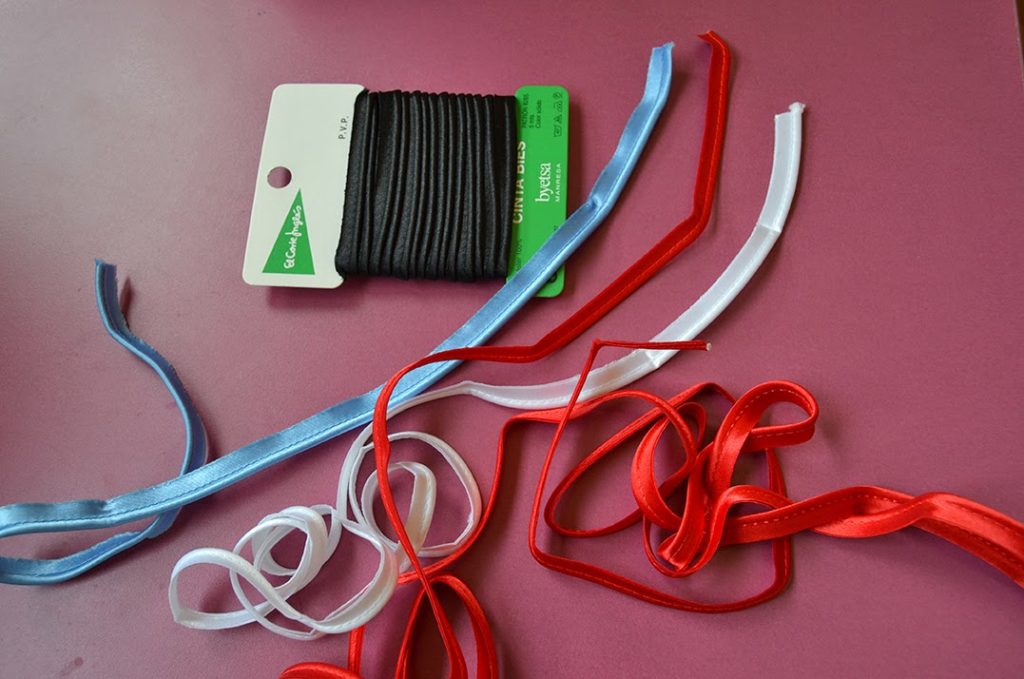
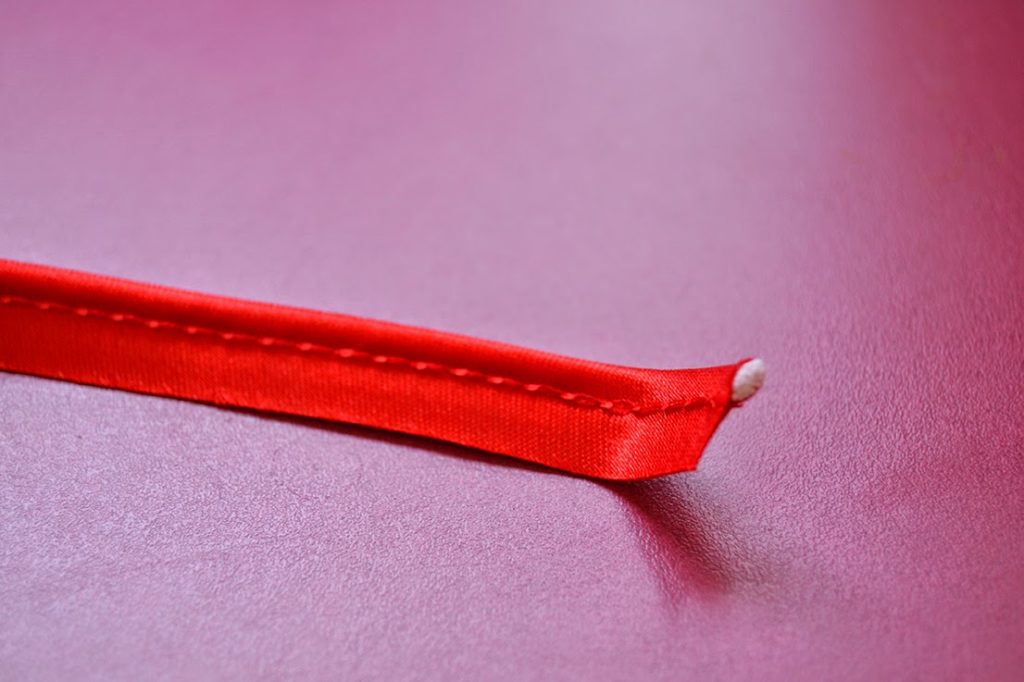
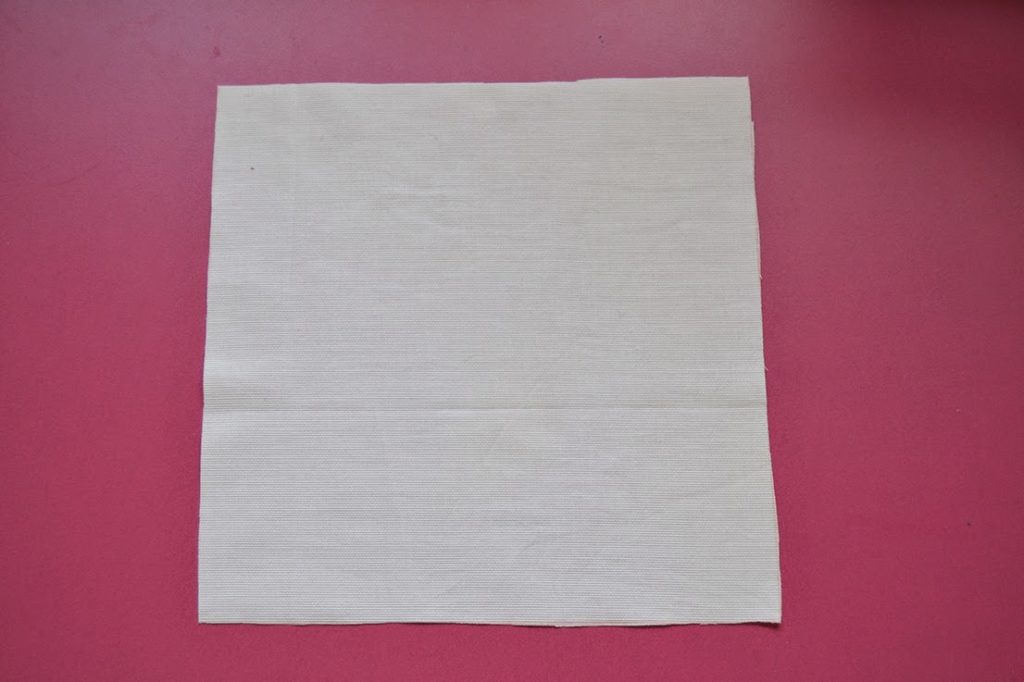 2. Cut a square piece of fabric. I made mine 25 cm x 25 cm (10″ x 10″) but you can make it as big or small as you want. With this size, I was able to make a 2,4 m strip of bias (2 1/4 yards).
2. Cut a square piece of fabric. I made mine 25 cm x 25 cm (10″ x 10″) but you can make it as big or small as you want. With this size, I was able to make a 2,4 m strip of bias (2 1/4 yards).

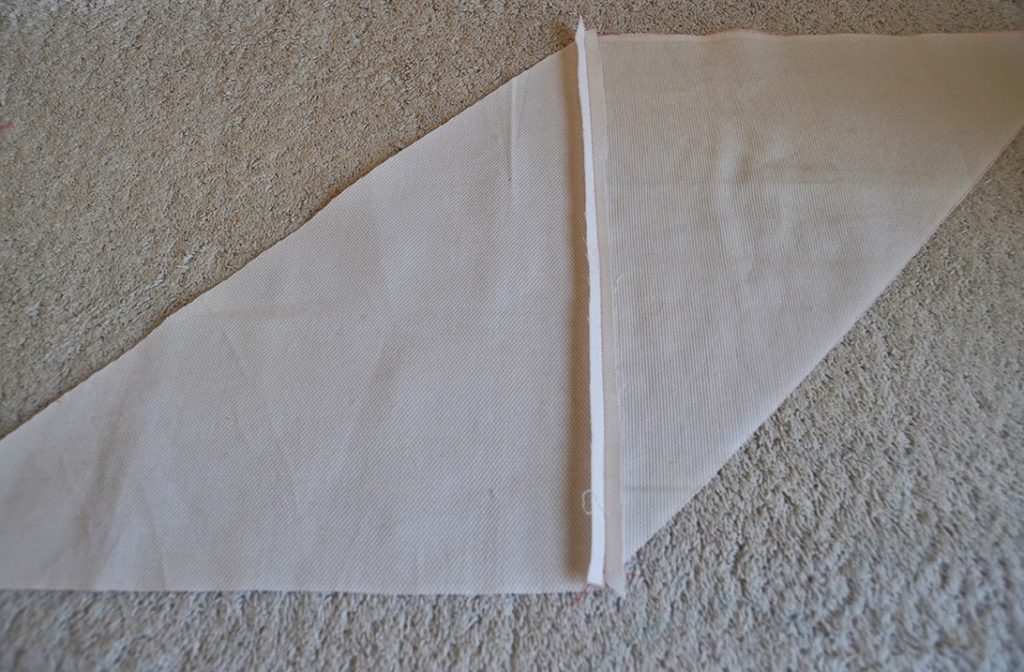
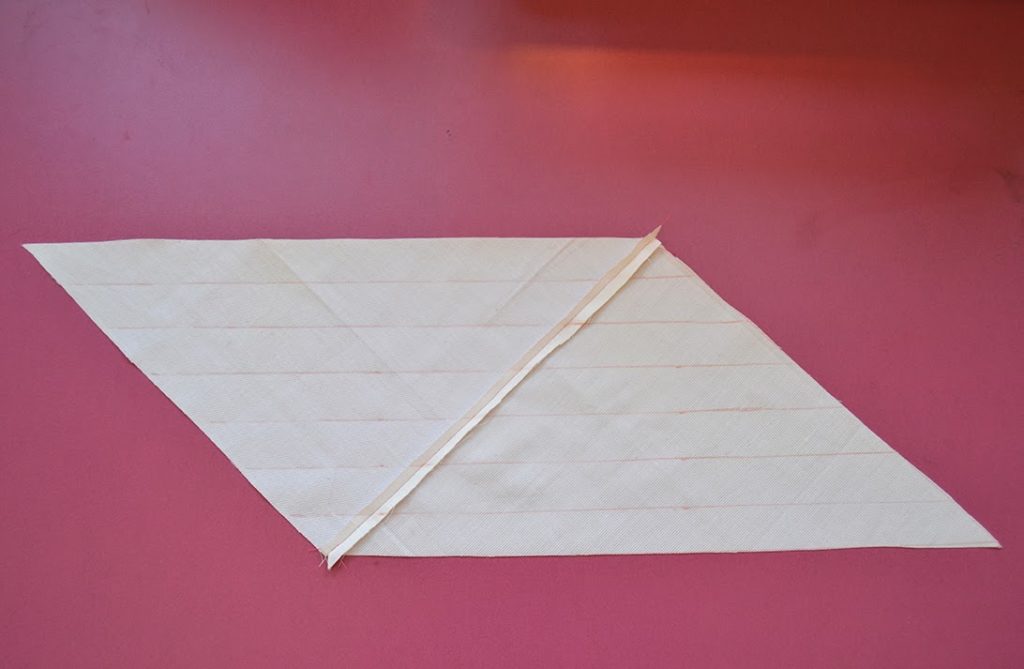 6. Draw parallel
6. Draw parallel
7. That’s the tricky part, at least for me. With right sides together, bring the edges together and match the lines along the seam line. The first row of each side should be offset, like on the picture. Pin together and stitch very close to the edge.
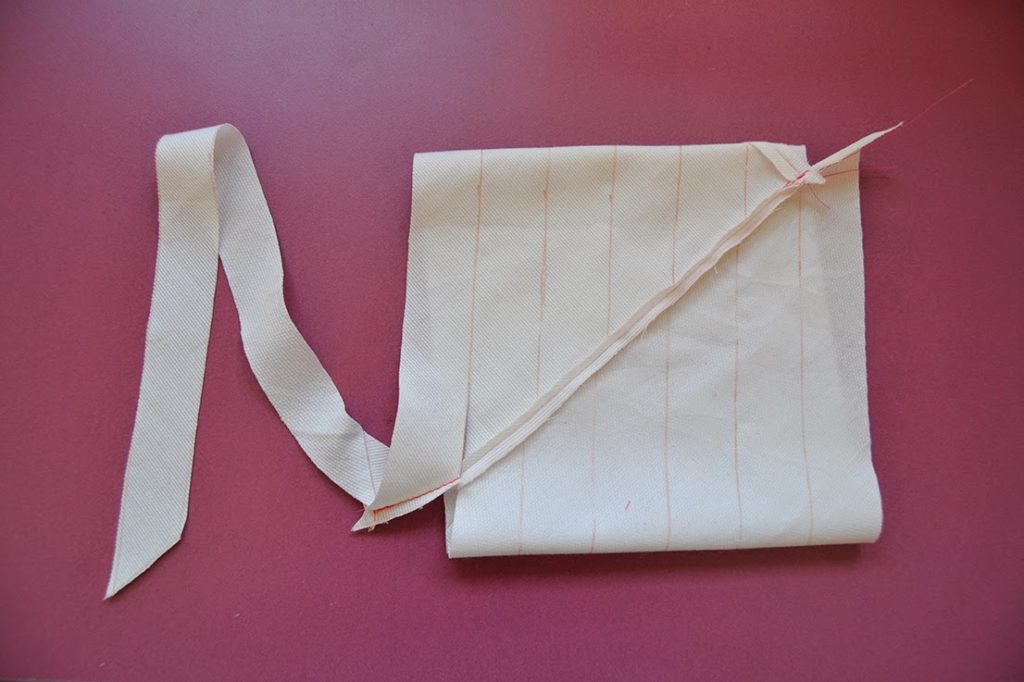
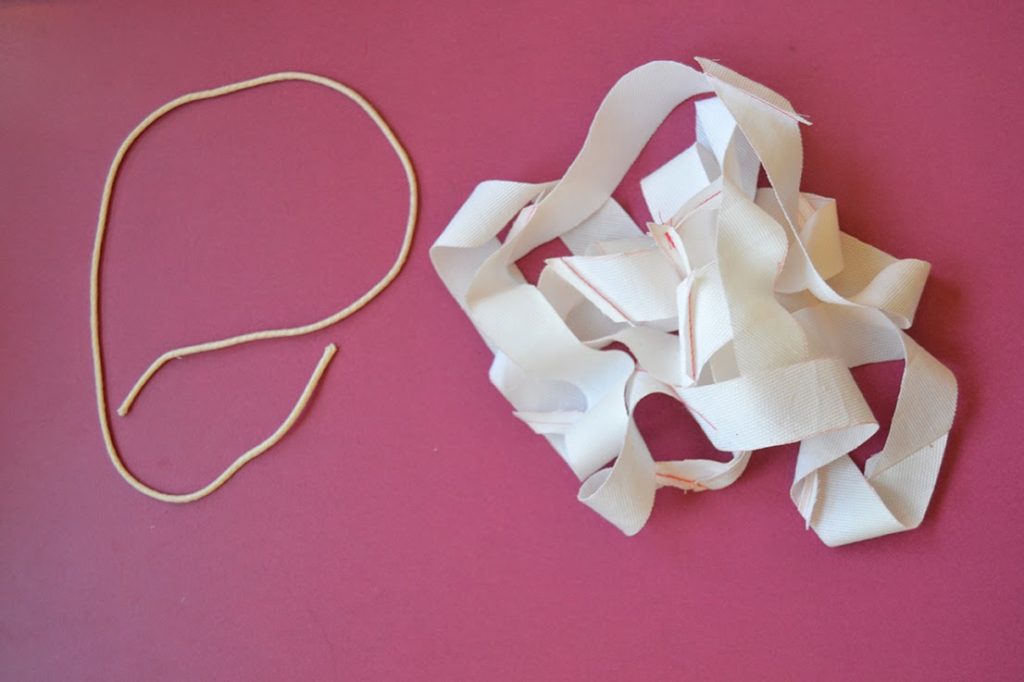
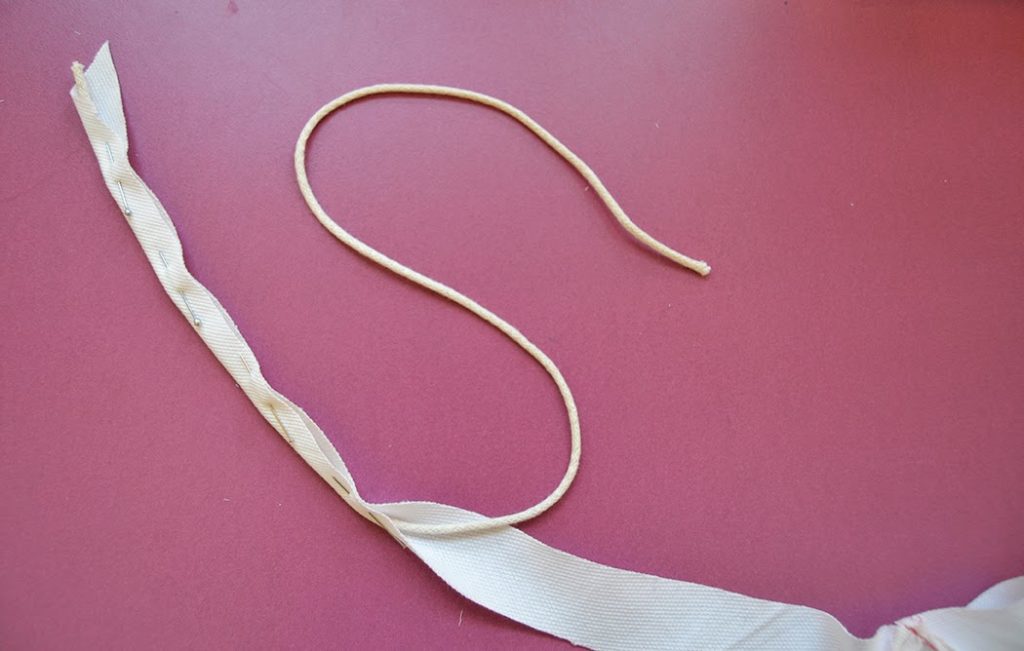
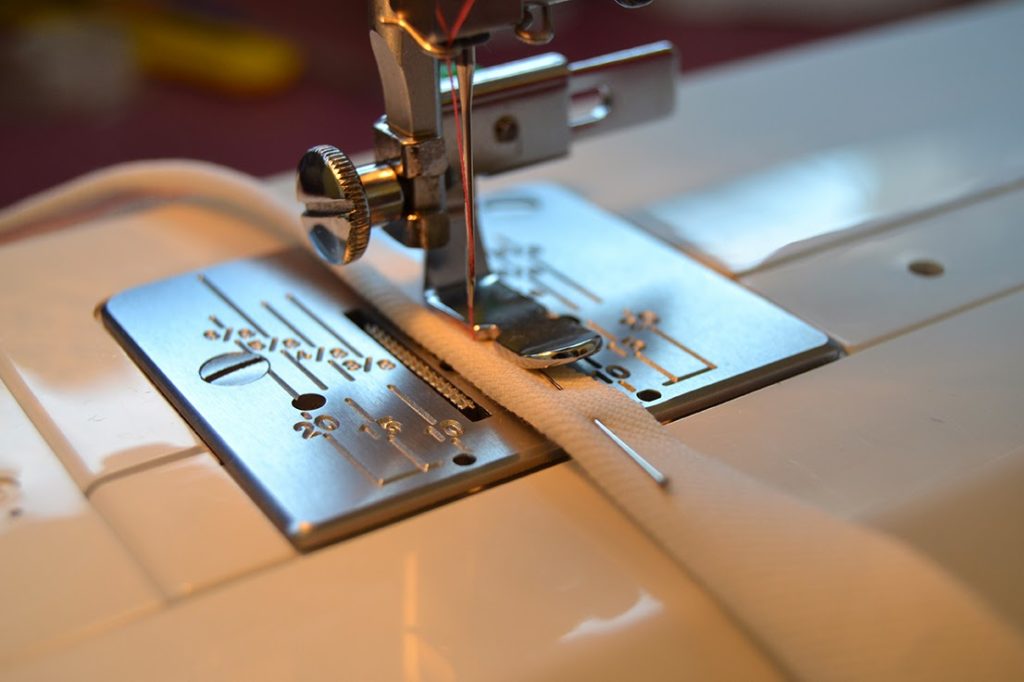
 12. There you go! You made your own piping! Now use it in some great outfits!
12. There you go! You made your own piping! Now use it in some great outfits!
I’m very happy to make a Sew-Along for the Carme blouse, and with videos! How great is that? I think it’s going to be really cool and easy for you to follow (and you won’t have to read a 10 km long post everyday other day, hehe). The other good thing is that all the videos will be available indefinitely, so even if you can’t join right now, you’ll be able to access them here on the blog or through Youtube.Let’s talk about the schedule. As you might want to buy fabric (and maybe make a muslin), I’ll give you more than a full week to gather the tools and material for the Carme blouse. Here is the schedule:
Monday, March 3rd: inspiration and variation
Monday, March 10th: Cut the fabric
Wednesday, March 12th: Pin tucks
Friday, March 14th: Yoke and placket
Monday, March 17th: French seams
Wednesday, March 19th: Sleeves
Friday, March 21st: Collar
Monday, March 24th: Hem
Wendesday, March 26th: Buttonholes
Monday, April 7th: Your Carme Party!!!
You can start collecting your material right now, here’s what you’ll need:
And here is the Sew-Along button (Click right on the image to save it):
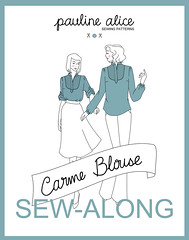 |
